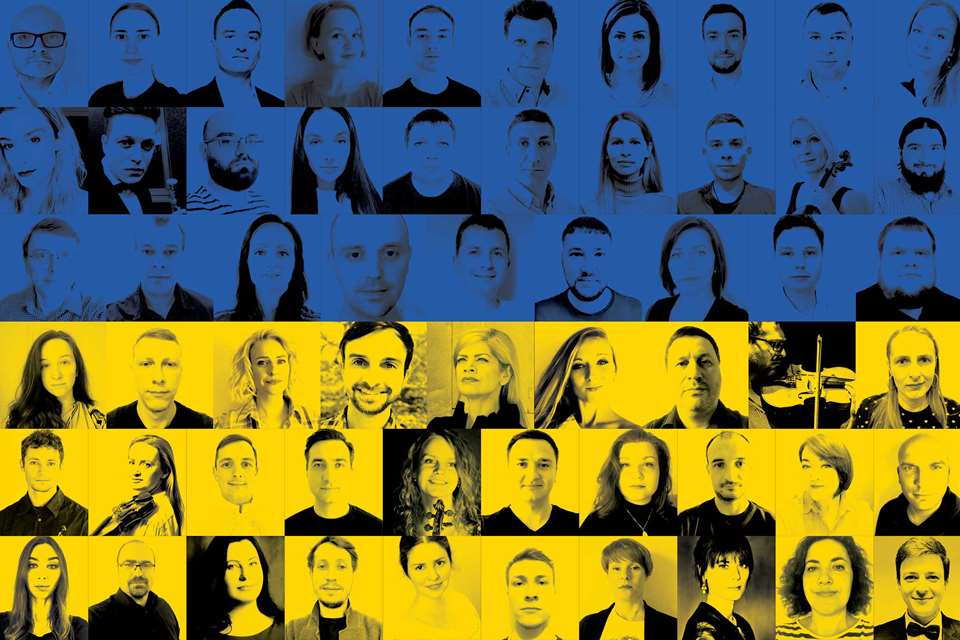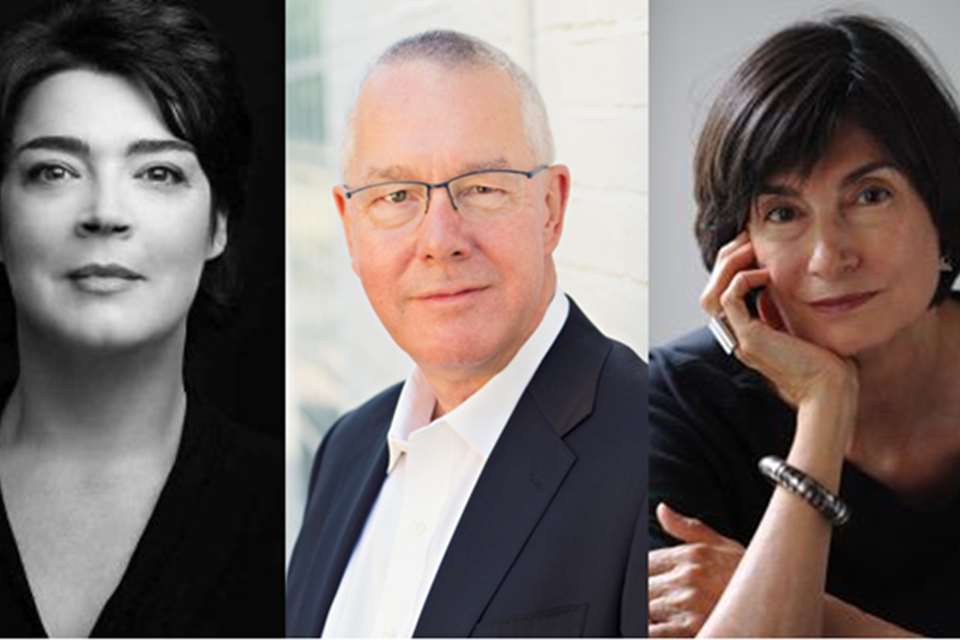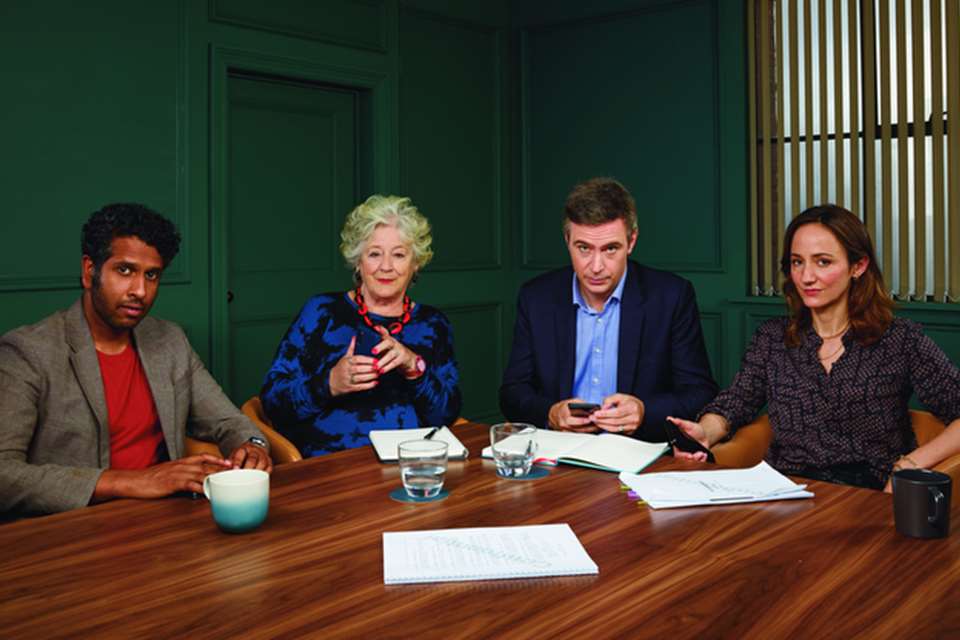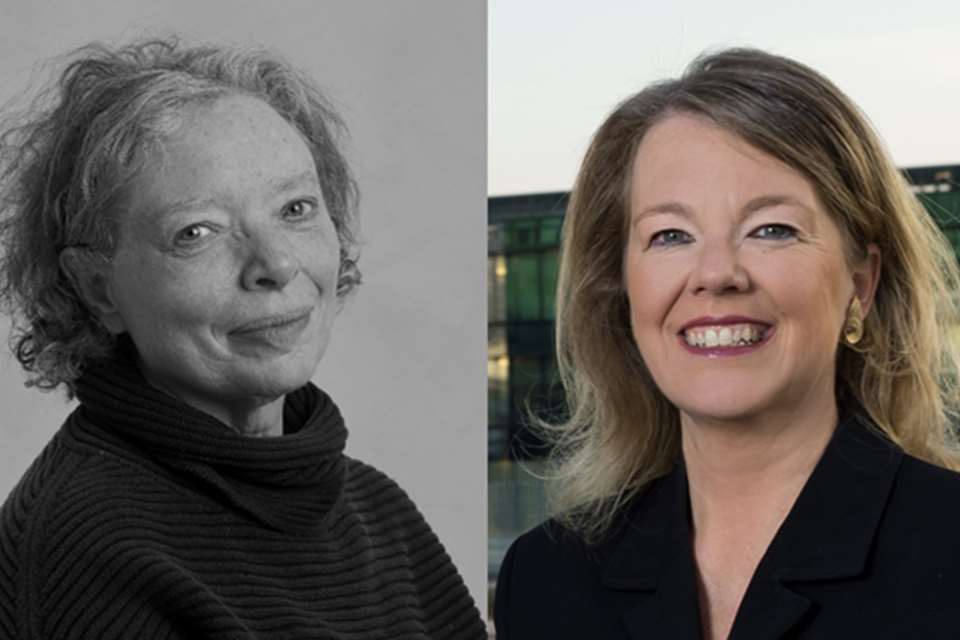Artist Managers: the beauty of the biography
Andrew Green
Friday, October 14, 2022
Andrew Green uses his experience as an oral historian to analyse how artist manager biographies combat anonymity in a people-driven, but increasingly digital, industry

Well…this was going to be merely a light-hearted tail-piece to a column, cadging detail from staff-member profiles on the Askonas Holt website. Favoured leisure pursuits, for example. Moonlighting with the Trad Academy Sea Shanty Choir or touring internationally with the Royal Scottish Country Dance Society; apprentice falconry; ‘attending a CrossFit gym in every city I visit’; ‘spending as much time as possible with my cat, Ted’. Plus, everything from rock-climbing, yoga and tango dancing to scuba diving and, mysteriously, ‘getting caught in the rain’.
Then the mindset from my parallel career as a university-based oral historian kicked in. The closer I looked across the many dozens of pen-pictures, the more it became clear that the archive (for that is what this is) represented a snapshot of the make-up of an early 21st-century artist management, with — significantly — junior members of staff enjoying an equal share of the limelight. Askonas Holt senior artist manager/head of marketing Antonio Orlando tells me that writing these brief profiles is a task ‘given to every new recruit on their first day with the company. It’s about communicating to artists, business contacts and colleagues who you are and where you’re coming from. Each individual can write whatever they wish — it’s important they feel ownership of what appears.
‘The material is supplemented with photos taken by our multi-talented office manager Joe Stephenson. Having a colleague behind the camera helps people relax… and that shows in the personalities which come across. Photos are integral to these biographies: they help tell the story of who you are.’
‘Writing my profile helped me feel welcome when I arrived,’ observes Caroline Daggett, who joined Askonas Holt in March. ‘As part of the process you inevitably look at what other people have written about themselves, and at their photographs… which gives you a sense of belonging straightaway. What you write can spur a talking-point within the office. Maybe you more easily come across people with interests in common.’
Orlando suggests these personal paragraphs have been all the more important in our current post-lockdown times. ‘Before the pandemic, new members of staff would be taken on a tour of the office to meet everyone. These days many people aren’t working in the office all the time. The biographies allow you to “meet” new colleagues and learn something about them by other means.’
One very obvious take-away from the profiles is the range of non-UK birthplaces represented on the Askonas Holt staff: a long list including Belarus, Canada, Germany, Greece, Hong Kong, Ireland, Italy, Mexico, South Africa and Spain. So London, one of the world’s great cultural hubs, continues to exert a magnetic attraction. Then there’s the range of educational backgrounds. Yes, a healthy array of music degrees on display, with a range of intriguing special research subjects thrown up: Spanish Renaissance Polyphony (Sophie Alabaster); opera as ‘a tool of propaganda, control and rebellion during the Nazi administration’ (Laura Burnett); protest music during the Vietnam War (Sebastian Mallet); and ‘Verdi’s continuation of the 19th century bel canto aesthetic’ (Adam Brady) to name a few.
Equally, a good few members of the Askonas Holt staff arrived both with a conservatoire training and a career in performing. Some of them still play professionally in their spare time. There’s trumpeter Ed Pascall, horn player Terry Shew and tuba player Henry Lindsay. Fiona Russell was a professional cornettist with many leading ensembles, such as Cantus Cölln and The English Concert. The above-mentioned Caroline Daggett developed a career as a freelance opera singer after studies at the Royal College of Music. Jo Fry has composed short film scores, trailers, adverts and choral works. Ollie Haines continues to work at home and abroad as a member of the ensemble Elysium Brass.
Plentiful evidence, too, of amateur music-making on the part of staff members across the range of genres, from Irish traditional violin playing, clarinet and guitar to piano and choral singing. Clearly the often-demanding business of managing musicians hasn’t dimmed the desire to make music.
On the other hand, all manner of academic subjects other than music are represented among Askonas Holt staff — not just performance-related disciplines such as Drama/Theatre Studies (there’s a former actress on the staff) but Maths, Business & Management, English & Philosophy, Mechanical Engineering, Chemistry, Law, Sociology, Theology, Modern Languages, History of Art & Architecture…even History of Russian Language. ‘It’s a misconception that you can’t be an artist manager unless you have a qualification in music,’ says Orlando. ‘The message these biographies convey is that the ultimate requirement is having a passion for music… one which has instilled curiosity and developed a good ear. Having people here from such a variety of backgrounds makes the company all the richer. For one thing, it helps the process whereby individuals learn from each other.’
One heartwarming dimension to the profiles is the information carried about charitable activities undertaken by staff members. For example, two have been closely involved with work for the homeless. Tanja Schnitzer has worked for Jessie’s Fund, the charity which helps children with complex needs or serious illness to communicate through the use of music.
What messages do these biographies convey to clients on the outside looking in? 2022 Askonas Holt recruits Holly Cartwright and Sebastian Mallet already observe the benefits. Says Cartwright: ‘When you think how much business is dealt with in emails these days, these profiles provide a more personal dimension that can help the process of building relationships.’
Mallet agrees. ‘Having this material posted online means you needn’t be thought of as a faceless individual with no personality. Business contacts have the opportunity to learn something about you in advance of a meeting. Many of the artists we represent live abroad, so you may not see them for long periods of time. These biographies and photos can give a feeling for who you are.’
Orlando picks up the thread. ‘There’s a misconception that artists can get lost on the roster of a large agency. These profiles demonstrate that at the end of the day it all comes down to the individuals with whom they deal at Askonas Holt. And the biographies emphasise that staff members have a broad experience of life, which feeds into a sensitivity towards the practical, day-to-day things that can make the stressful life of a musician more manageable.’
All in all, it makes you wonder why the staff pen-picture isn’t a feature of artist management websites the world over. As far as Orlando is concerned, ‘It’s a no-brainer in a people-driven industry.’






